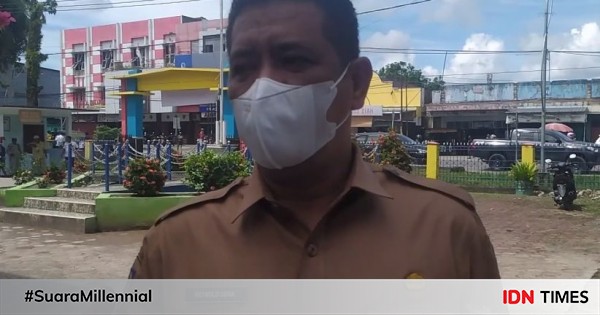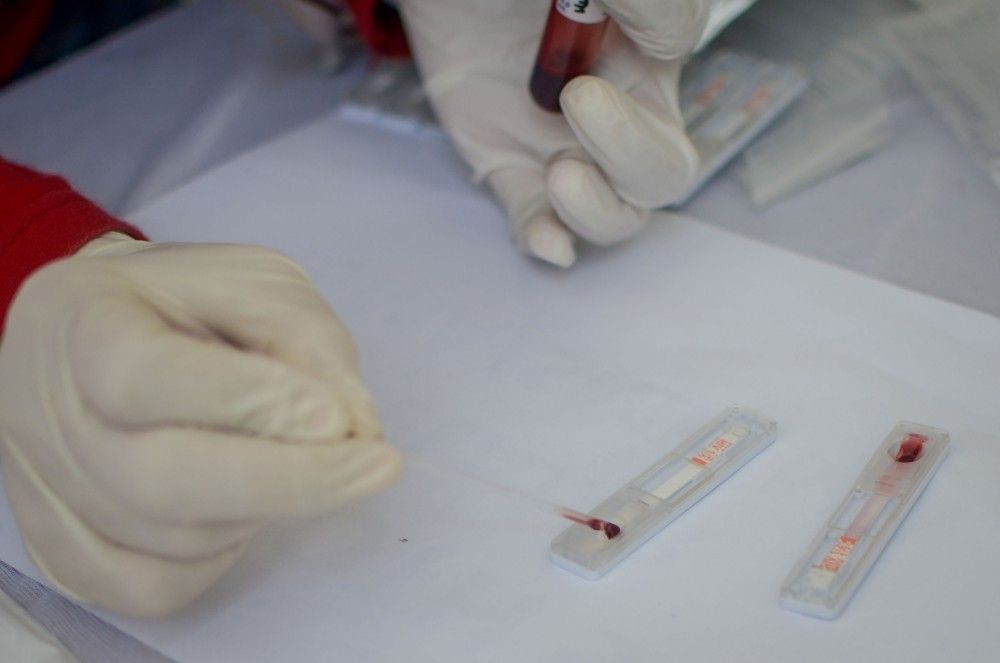Timika, IDN Times – The District Health Office of Mimika, Papua noted that for the past 10 years (2012-2022) the average number of HIV/AIDS cases in Mimika per year was 400.
Meanwhile in 2022, from January to September, the number of new HIV cases will be around 300 cases. This means that there are still three months left from October to December that have not been recaptured, so the figure could reach 400 cases by the end of 2022.
Read also: Canker sores are common symptoms of HIV/AIDS, dentists are early detectors of HIV
1. People with HIV/AIDS are more than the productive age group
Mimika District Health Bureau Chief Reynold Ubra said the average number of cases found were in the productive age range. Of the 32,000 people who have undergone the test, 237 people are HIV positive and dozens are positive for AIDS.
“The largest group is in the productive age group. So this year there are 32,329 people who have been tested for HIV. And the number of cases that we have seen since January is 237 HIV and 23 AIDS,” he said Reynolds, Monday (5/12/2022).
Reynold said that, of all the cases found, the greatest transmission was still through sexual intercourse.
“Basic Health Research data (Riskesda) for Mimika Regency, HIV prevalence in the general population is 1.02% or lower than the HIV prevalence in Papua,” he said.
2. Puskesmas in the city can provide ARV (antiretoviral) immediately
He also said that currently the Health Bureau always carries out detection and treatment as early as possible, through the development of HIV services up to the level of puskesmas.
Continue reading the article below
Editor’s picks
“Currently, city health centers can provide ARVs (antiretovirals) immediately, who previously had to go to the hospital,” he said.
The Mimika District Health Office is also conducting an evaluation for treatment this year, especially for pregnant women through a package of HIV testing counseling services, including syphilis testing. From the results of the examination of 6 thousand samples, two cases of HIV were found.
“Our friends just returned from several villages working with PT Freeport. Of nearly 6,000 people assisted, including HIV testing, only two cases were found. I think this is a great picture,” she said.
3. Advised not to have sex with multiple partners
Seeing that most of the transmission occurs through sexual contact, Reynold stressed that educational socialization must be done for the younger generation, so they don’t have sex with multiple partners.
“So increase knowledge. These communications need to be stronger to be able to educate each other. I think that’s the picture in Timika. Now, for 90 percent to 2030, this is 90 percent of people getting tested, our tests in Mimika are already more than 25,000 tests per year,” he explained.
“Back then more than 80 percent of people who were found to have HIV had minimal ARVs. And today it is in the treatment ARVs are in the 75 percent or about 750 more that are monitored by ARVs,” he added.
Aside from that, he also said the Health Bureau will conduct an ARV evaluation, viral load exam, and CD4 exam next year.
“We’re trying to get it available at the puskesmas. We’ve scheduled it in 2022 for the 2023 schedule. The key is to test it faster and then treat it so that ARVs can also disrupt the chain of transmission,” he said.
Related to providing education to increase knowledge, his party will also revive education networks across churches, mosques, and youth and student communities.
“This is what we need to do in the coming year, which is to increase the communication of knowledge and behavior through health promotion. The approach is cooperation with churches, mosques, Islamic colleges and youth in villages,” he said.




